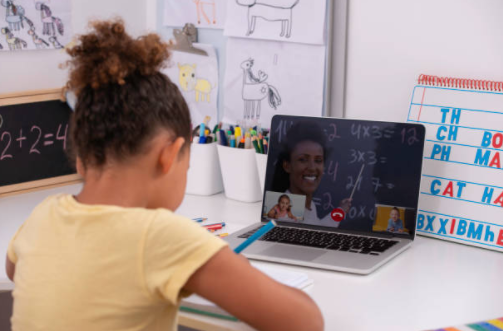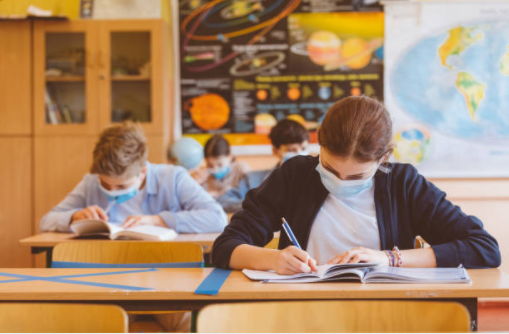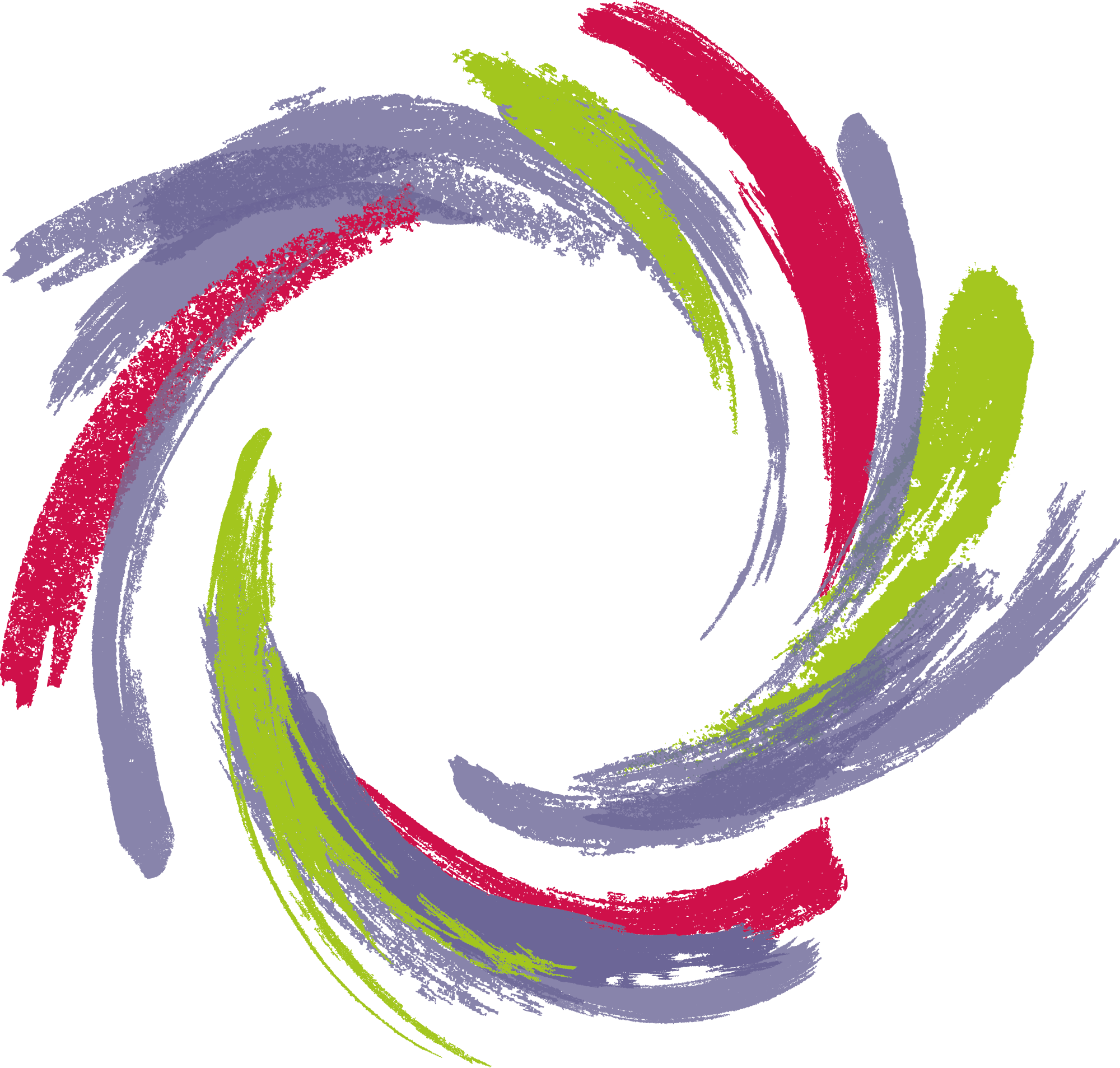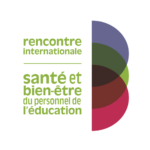While some countries are organising a return to school after several months of disruption, many questions and concerns remain for educational communities around the world. How can schools reopen while ensuring the safety of students and educational staff? How can we manage the delays and gaps in learning accumulated by learners in recent months?
How can we anticipate and deal with a possible second wave and further closure of educational establishments?
In the turmoil of preparations for this unique back-to-school season, education unions are at the forefront of defending the rights of their communities and demanding a safe return.
While some countries are organising a return to school after several months of disruption, many questions and concerns remain for educational communities around the world. How can schools reopen while ensuring the safety of students and educational staff? How can we manage the delays and gaps in learning accumulated by learners in recent months?
How can we anticipate and deal with a possible second wave and further closure of educational establishments?
In the turmoil of preparations for this unique back-to-school season, education unions are at the forefront of defending the rights of their communities and demanding a safe return.


The impact of lockdown on education around the world
The world of education has been hit hard by this unprecedented international crisis.
The UN estimates that more than 1.3 billion children are affected by school closures for coronavirus prevention. In its 26 August report, UNICEF stated that these closures will have prevented 463 million young people (1/3 of the world’s students) from continuing their learning because they do not have access to digital materials. Thus, the disparities are glaring around the world and the gap in educational inequality has widened. A threat today to the continued education of millions of learners.
In Canada, a survey by Education International also points to the consequences of lockdown measures on the mental health and well-being of students and teaching staff. It highlights the latter’s fears regarding the breakdown of socialisation, which is essential for pupils’ personal development, but also their level of vulnerability. School is indeed a safe and stable place allowing a number of pupils to escape domestic violence, or to have access to basic care and daily food.
Distance learning has also proven to be a real challenge for many educators.
They were expected to be reactive and adaptable in order to ensure pedagogical continuity as much as possible.
This is a complex task when it is well known that many educators had little or no training in online teaching methods and tools, or did not have access to appropriate teaching resources.
The crisis has thus demonstrated that, more than ever before, face-to-face education is indispensable for the success and stability of pupils, but also for teaching itself. Even in countries where digital access is widespread.
The return to school is therefore eagerly awaited, but not without some concerns.
Worries and uncertainties about going back to school in France
While cases of Coronavirus infection have been on the rise for several weeks now, the French educational community is worried about the health safety of students and educators on the eve of the start of the new school year.
A health protocol was published at the beginning of July by the Ministry of Education, which has since been deemed obsolete by the French teachers’ unions. They have mobilised to ensure that it is modified and that it takes into account the reality of the current health situation and the growing threat of a second wave. Several strong measures were expected, in particular the enforcement of mask-wearing on school premises and the strengthening of teaching teams to provide better support for pupils.
At the beginning of August, the teachers’ union SNUipp-FSU even demanded at the postponement of the start of the school year by at least one week in order to give education staff more time to prepare calmly for the start of the new school year under such special conditions.
On 24 August, the union UNSA-Education – a member of the ESN – was received by the Minister of Education and asked for clear and precise instructions to be drawn up, in particular on the protocols to be put in place in the event of suspected or proven infection in schools. It also made a point of recalling that the last few months have been trying for the entire educational community, and that education workers need to be “recognised and respected” in the exercise of their professions.
The Minister of Education finally announced, a few days before the start of the new school year on 1st September, that the wearing of masks would be compulsory in schools by students aged 11 and up. However, the free provision of masks for pupils, which was also demanded by the unions, was ruled out. The social distancing rules have been relaxed in order to encourage the acceptance of all pupils, and decision-making powers have been granted to the regional education authorities in order to take into account the specific situation of individual education establishments.
If the shape of this new school year remains to be seen in France, in America where classes restarted several weeks ago, we are already witnessing turbulence.
A difficult new school year in the United States
Since the beginning of the epidemic, the country has had more than 6 million cases of coronavirus and 187,000 deaths, according to data from Johns Hopkins University (Maryland), and the numbers are steadily increasing.
In this context, the country is divided – against the backdrop of a presidential campaign and political interests – over whether or not to reopen classrooms.
This decision is taken at the federal level in the United States. Thus, in some (mainly pro-Trump) states, face-to-face teaching has resumed, including in areas where the coronavirus is actively circulating; while in others, virtual teaching is advocated and the start of the new school year has taken place online. According to a New York Times article, however, pressure from the White House has led the Center for Disease Control and Prevention (CDC) to issue new guidelines calling for the reopening of schools across the country.
Teachers’ unions and parents’ collectives are opposed to a compulsory return to school without clear and reliable measures to ensure the safety of students and teachers.
The National Education Association (NEA), also a member of the ESN, issued a statement drafted with several other organisations urging the US government to prepare for a general reopening “in the safest possible way, not in the most politically expedient way”; prioritising public health. They are calling for a national plan that includes effective measures to prevent infection, such as personal protective equipment for everyone and social distancing measures.
This hybrid back-to-school season directly affects families and the country’s educational landscape. Some well-to-do parents are not satisfied with distance education and decide to participate in setting up learning pods, private classes run by a tutor recruited by them or by a specialised company. These classes can cost up to $2,500/month and per pupil.
A model which contributes to reinforcing the problems of the commodification of education condemned by Education International and which contributes to the deepening of learning inequalities for the most disadvantaged pupils.
Faced with all these grey areas linked to the evolution of the pandemic, other countries, fearing a second wave, have preferred to postpone the back-to-school date.
Return to school postponed for many
In Turkey, the new school year did begin for pupils on 31 August, but remotely. Based on the opinion of the Scientific Committee, the government announced that schools and universities should gradually reopen their doors almost a month after the start of the new school year.
It imagines several possibilities, such as blended (face-to-face and distance) learning, a phased return region-by-region, and even keeping full distance learning if the number of sick people in the country continues to increase.
In Kenya, on the other hand, after a meeting attended notably by representatives of the Kenya National Union of Teachers (Knut) – an EI affiliate – the Ministry of Education decided to postpone the start of the school year until January 2021.
Since March, learners have been relying on curricula disseminated by the Kenyan Institute of Curriculum Development via radio and digital channels. And while distance learning is proving difficult to access for a large part of the population, concern is growing among Kenyan students and their families. The French news source France Info reports that in rural areas families are suffering financial difficulties accentuated by the crisis, and fear that they will have to withdraw their children from school if school fees for the year 2019-2020 are not reimbursed.
In this difficult situation, Kenyan trade unions continue to push for the authorities to work to prepare over the coming months for a reopening of schools that will ensure the safety of the local educational community. And activists everywhere have the same message.
Recommendations for a safe return to school
The safety of educational communities remains a priority for trade unions in these uncertain times. On all continents, they are urging their governments to anticipate risks in the face of different possible scenarios and to invest in infrastructure and personnel to better cope with the crisis.
In Haiti, classes resumed against the backdrop of political protests and movements by educational communities. Unions are mobilising and intervening in the media to demand that the wage arrears of education workers be paid, and that schools be financially supported by the public authorities to ensure that their return under inadequate conditions is as safe as possible.
In Mexico the proposals of the Sindicato Nacional de Trabajadores de la Educación (SNTE) (EI affiliate) take the form of a 10-point programme calling on the authorities to:
- “Value the willingness of teachers to extend their working day and to allow this intrusion into their family life and making appropriate adjustments in recognition of their commitment”,
- “Strengthen psychological and emotional support measures for students, parents, teachers and headmasters in order to reduce uncertainty, insecurity and stress”
- or even “Guarantee the human rights to health, social security, decent wages, job security, pensions and decent housing for education workers”.
EI members from Africa met in August with the same goal, to establish guidelines to be disseminated to organisations to move towards a safe return to school. As is the case elsewhere, these include the need to provide students and educators with protective equipment and other materials. They insist on the importance of encouraging students and educators to adopt the right measures by reinforcing sanitary and hygiene facilities and by arranging spaces in such a way that social distancing can be respected. The members of the regional committee also ask for free screening tests to be carried out on learners and educational staff, and for medical monitoring to be available for anyone who is ill.
Education International presented its own guidelines in April, in anticipation of the reopening of schools around the world. Since then, EI has published “Forward to School (Forward to school)”, a document that challenges policy makers and calls for social dialogue and transparency. EI stresses that education stakeholders deserve more consideration and trust, and that it is imperative that they be involved in the development of measures that directly impact them.
Find all the updated information on EI members’ actions for the reopening of schools on its dedicated platform.




